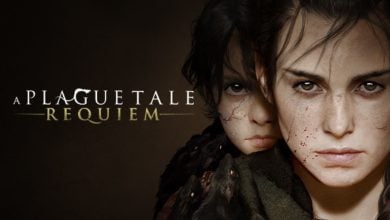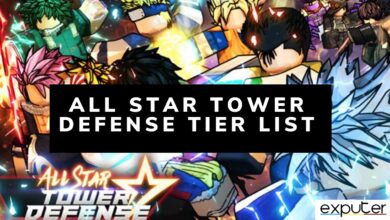Story of Seasons: A Wonderful Life Review
Overall
-
Story And Setting
-
Gameplay
-
Visuals And Performance
Verdict
Story of Seasons: A Wonderful Life emphasizes the passage of time over menial chores, and that makes it stand out from others of its kind.
- Developer: Marvelous Interactive
- Publisher: XSEED Games
- Release Date: June 27, 2023
- Platforms: PC, Xbox Series X/S, PlayStation 5
- Tested On: PC
Pros
- Robust Farming System
- Charming Characters
- Rewarding Payoff
Cons
- Poor Pacing
- Mediocre Graphics
- Lack of Gameplay Variety
When Harvest Moon: Friends of Mineral Town was first released back in 2003, it was met with widely favorable reviews and was considered to be the Harvest Moon formula tweaked to perfection. Yet just one year later, Marvelous Inc. struck gold twice with their next entry on the Nintendo Gamecube called Harvest Moon: A Wonderful Life.
In fact, it left such a big impression that it not only warranted an enhanced Special Edition, but also an alternate version called Another Wonderful Life that offered a different protagonist and romanceable options.
In more recent years, the remake of Friends of Mineral Town was released to great fanfare in 2019 but was followed by a rather disappointing reception to the new and original Pioneers of Olive Town. So naturally, when it was announced that the fan-favorite A Wonderful Life was to receive its own remake, fans were cautiously optimistic as it had fairly big shoes to fill. Now that the game is finally out, let’s see whether it’s bound to flop just like the previous mainline entry in the Story of Seasons series did.
Story And Setting
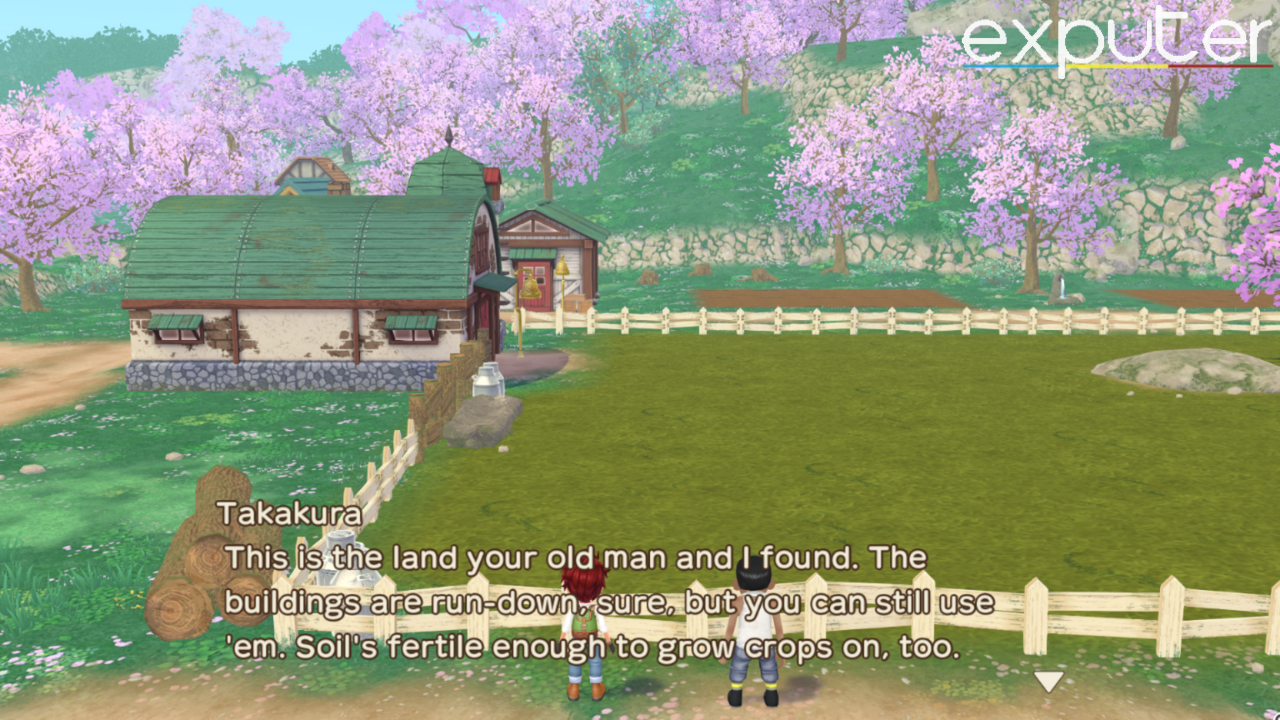
Unlike most farming sims in which you inherit a farm and move to a secluded town that is overseen by a mayor, in A Wonderful Life you instead inherit your late father’s farm which has been looked after by his old buddy Takakura. Once you arrive in Forgotten Valley, Takakura shows you around your new property, before taking you for a tour around town and gifting you a little puppy to accompany you in your new life.
Being a Story of Seasons game, A Wonderful Life does not have an overarching narrative. Instead, it puts the onus on you as the player to take care of your farm and ultimately find a partner to marry by the end of your first year in Forgotten Valley. That’s right, your main goal in this farming sim is not the farming itself, but rather to raise a family of your own and do your best to live, well, a wonderful life.
A Wonderful Life does not have an overarching narrative. Instead, it puts the onus on you as the player to take care of your farm.
A Wonderful Life keeps its intro short and sweet by making the most of its tutorials optional, which is why Takakura leaves you with his trusty notebook that is filled to the brim with everything you will ever need to know about farming. And just as he leaves, you are greeted by three mischievous Nature Sprites that will play an important role in one of the game’s many gameplay features.
Gameplay
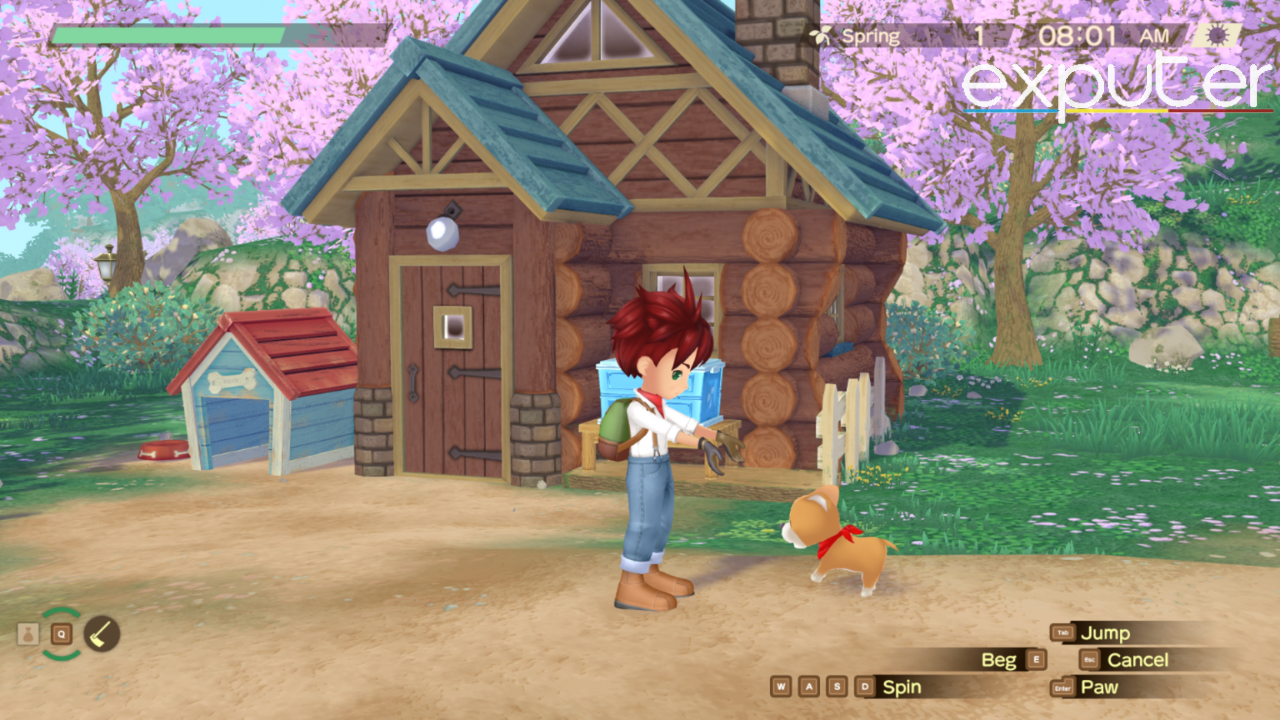
There are plenty of things you can do in your home as soon as you start the game. You can save your progress in the diary, go to sleep to skip to the next day, check the photo board to view your in-game photos, flip through the calendar to view any upcoming events and use the TV to check the weather or watch some shows.
Lastly, you will also be able to use your kitchen to cook from the get-go. You can cook by either using raw ingredients, which may result in discovering new recipes, or by using a recipe that you’ve already learned from the townsfolk or the Nature Sprites.
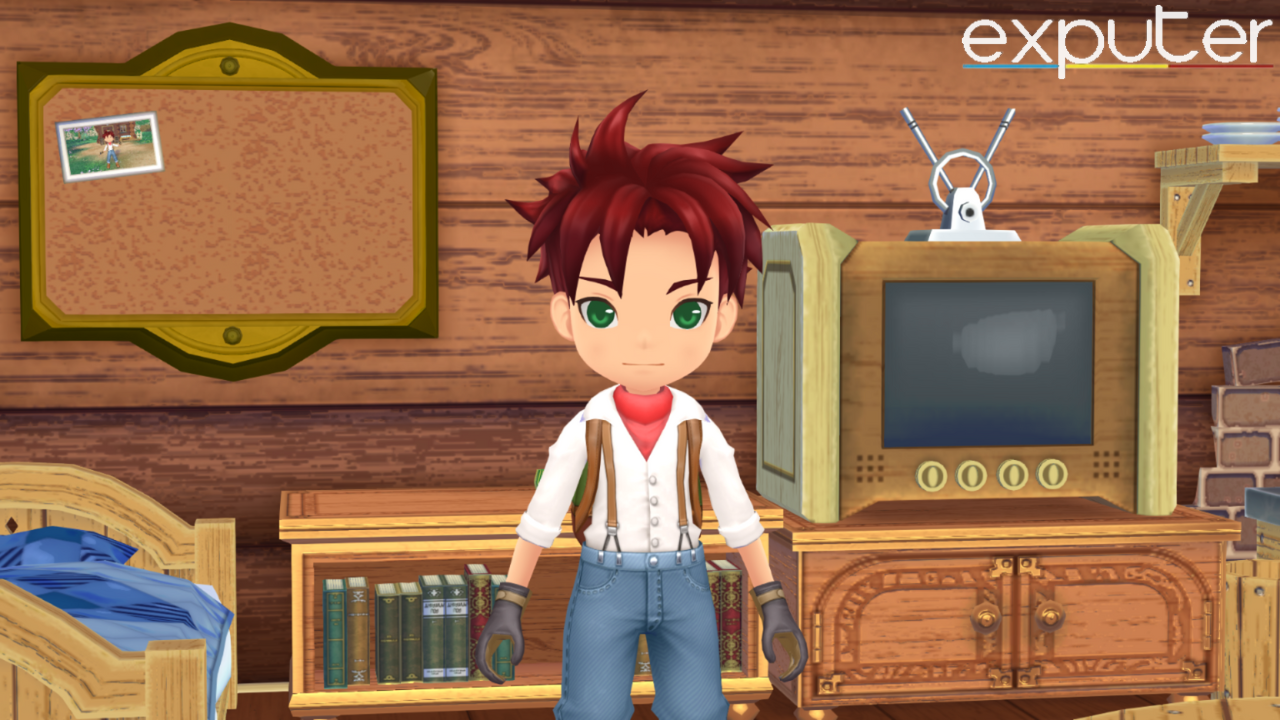
Speaking of cooking and ingredients, the best way to get them is to grow some of your own. Your farm starts with two fields, but you will be able to expand and acquire a third one later on. One unique mechanic to this game that isn’t very common in other farming sims is Soil Fertility. Your fields have different fertility, which affects how well certain crops will grow in a particular field.
However, you can use fertilizer to assist crop growth in any type of soil, so it’s not something you have to worry about if you don’t want to. Additionally, crops also have seasonal preferences meaning you can only grow certain crops in certain seasons. Seasons in this game last for ten days each, which may seem short, but it ends up being necessary to streamline the farming experience.
A Wonderful Life splits its gameplay equally between farming and community, to the point where it can be considered more of a life sim than a farming sim.
However, something that isn’t restricted by seasons is your farm animals. Your farm has a barn and coop which can hold eight animals to start with, but can later to expanded to double the capacity. Takakura leaves you with one free cow to give you a jump start, which is also something many farming sims don’t usually do. Taking care of your farm animals involves feeding them twice a day and snuggling them regularly, which will boost the animals’ health and in turn improve their product quality. Eventually, you can also start breeding your own animals either by buying a pair yourself or by requesting breeding from the ledger.
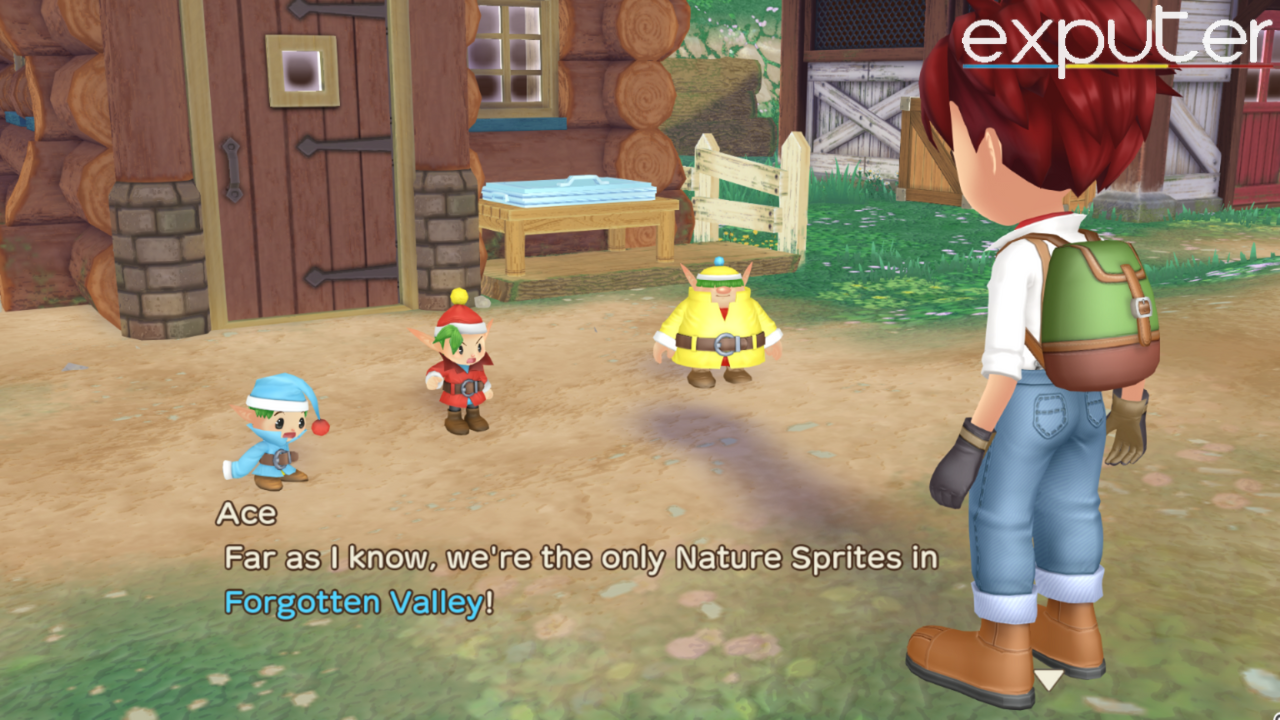
Due to the game putting greater emphasis on the farming and social aspects of gameplay, activities like fishing and mining take a back seat with no special mechanics whatsoever. Fish can either be used as ingredients in cooking, given away as gifts, or sold off for some petty income. Mining is also pretty limited in terms of what you can do with it as there is only one small floor in the mine where you can dig up valuables for money. All in all, they’re there just for the sake of completeness and won’t be a defining factor in your playthrough at all.
What will define your playthrough however is the town itself and its people. A Wonderful Life splits its gameplay equally between farming and community, to the point where it can be considered more of a life sim than a farming sim. In the heart of the town, you will occasionally find Van, a traveling merchant who will sell you valuable goods and upgraded tools which will make taking care of your farm much more efficient.
The town square is also where most of the cutscenes between you and different characters will play out. You can give them gifts or accept their requests posted on the billboard and raise their affection that way. Ultimately, you can choose from several potential spouses and, if you decide to have a child, you can watch them grow up as years fly by, which adds an extra layer of fulfillment. However, this is where the game’s main issue creeps up.
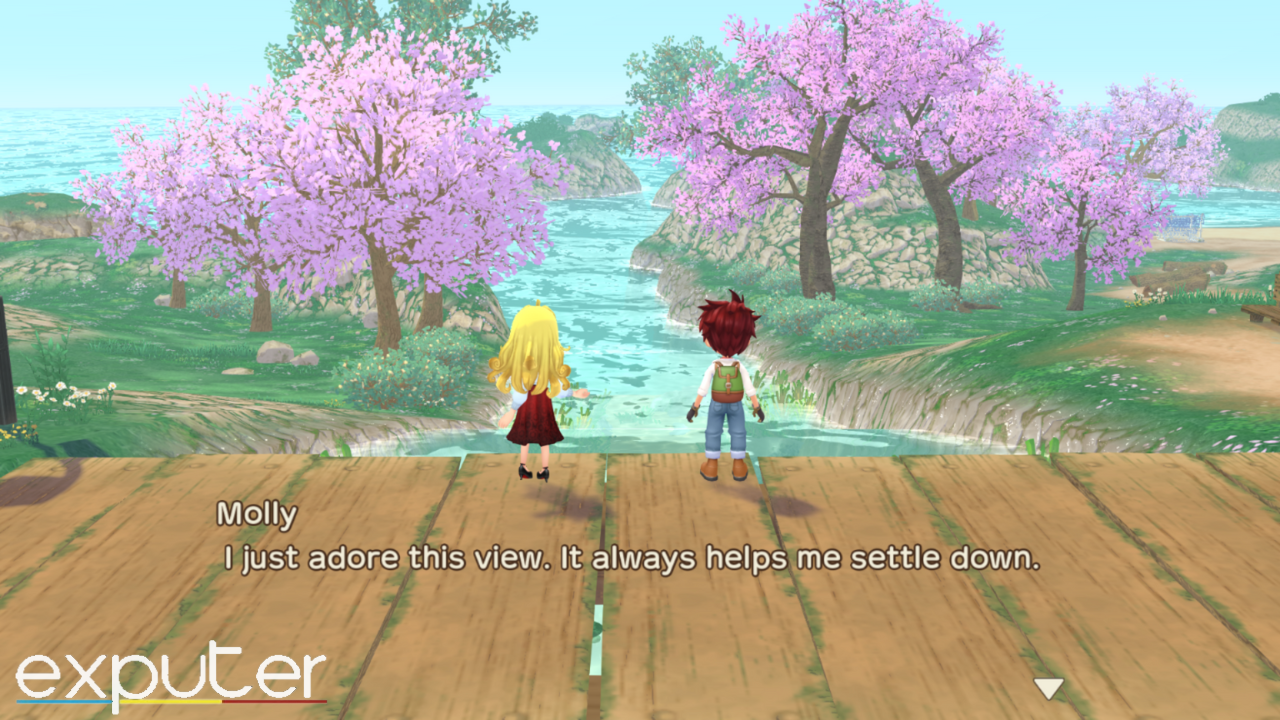
Your first year can take around ten to fifteen hours to get through, and while witnessing your child’s growth through many adorable and heartwarming events over the years can be rewarding, the time it takes to get to that point feels unjustified. These subsequent years, that can take another ten to fifteen hours of playtime, are filled with time skips, taking you from one family milestone to the next in a series of cutscenes peppered throughout bits of gameplay. This split between the game’s first and second halves results in poor pacing and makes the first year feel like a slog to get through if what you’re interested in is the family aspect of the game.
Visuals And Performance

Visually the game looks okay for what it is. There is a noticeable lack of detail and plenty of low-resolution textures. The colors are also quite washed out, with barely any fancy lighting or post-processing effects, which is a shame because the overall color palette of the game is actually quite appealing.
There is also the lack of character portraits which has been carried over from Pioneers of Olive Town, which takes away from that classic Harvest Moon feel. The wacky body proportions of some characters don’t help the case either since the art style is kind of stuck between Friends of Mineral Town’s chibi style and Pioneers of Olive Town’s more balanced style. This makes cutscenes and especially first-person conversations look a bit off-putting. The graphics overall feel less polished than either of the previous entries in the series.
The colors are also quite washed out, with barely any fancy lighting or post-processing effects.
No complaints about the performance though. The game runs smoothly throughout with no frame drops to speak of. We also did not encounter any bugs or crashes during our playtime either. Credit where credit is due, this is a solid port on both the PC and the Switch.
Verdict
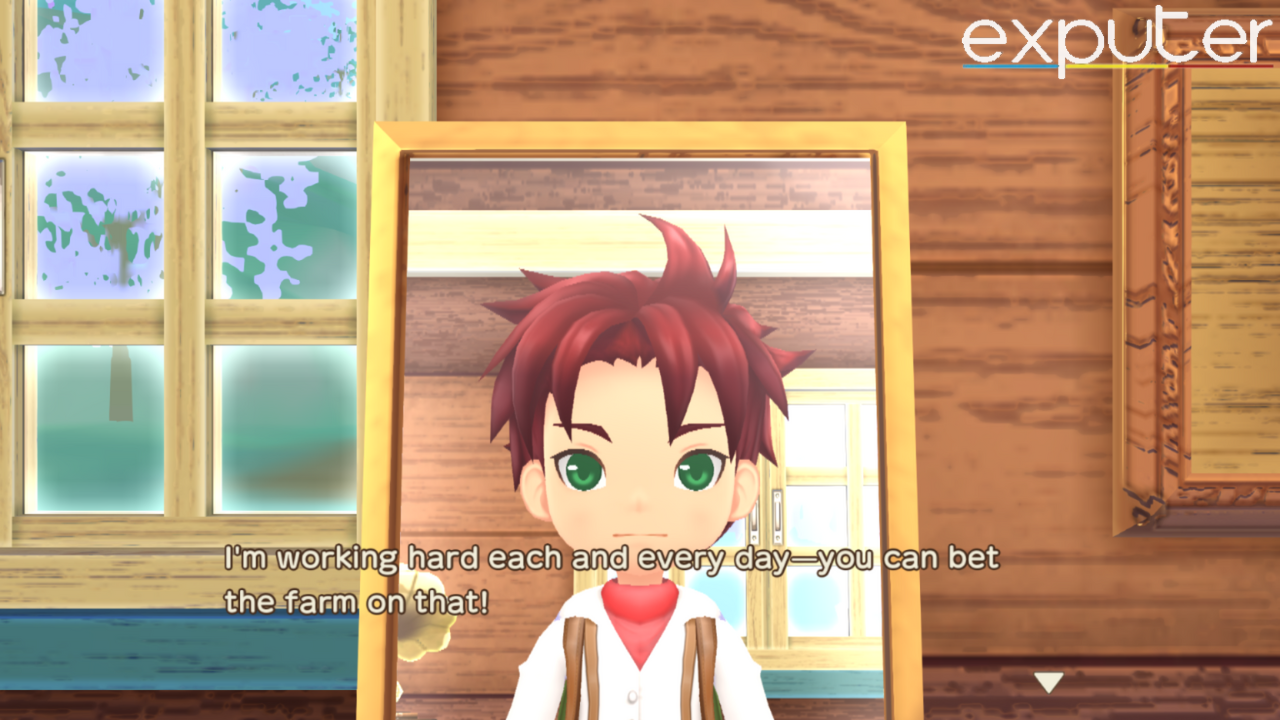
Story of Seasons: A Wonderful Life emphasizes the passage of time and the long-term consequences of the player’s actions. As years go by, the farm and the village evolve, with new events, characters, and opportunities arising. Players have the freedom to shape their farm, choose their lifestyle, and make decisions that impact the overall development of their character’s life and the village as a whole.
While the game has a very clear identity as a farming and life sim hybrid, the two aspects feel disconnected from each other. This disconnect feels jarring and makes the farming half frustrating since you don’t have full access to the life sim aspect during the first ten to fifteen hours of the game. If the game had managed to balance the two aspects and laid them out more evenly throughout the game, it would have made for a more enjoyable experience.
This has been our Story of Seasons: A Wonderful Life Review. While you’re here, consider checking out some of our other articles.
- Dave The Diver Review
- RimWorld Review
- Minecraft Review
- Layers of Fear Review
- Monster Hunter Rise Review
- Final Fantasy 16 Review
Thanks! Do share your feedback with us. ⚡
How can we make this post better? Your help would be appreciated. ✍

